We were invited to take part in the first hackathon organised by LACNIC in Montevideo, Uruguay. In this article I want to share my experience as observer and share the differences that I noticed between this and the hackathons that we have held. We'll also focus on the challenge that we proposed: a RIPE Atlas dashboard.
Inspired by RIPE NCC and IETF hackathons, LACNIC (the Latin American and Caribbean Internet Addresses Registry), organised a hackathon with the goal of gathering people with different skills, mainly from their community, to work towards some common goals. The opportunity came with LACNIC 28 and the hackathon was held on the weekend after the conference, on 23 and 24 September 2017.
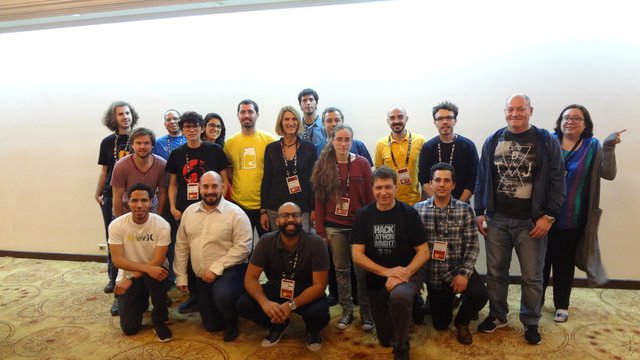
Figure 1: Hackathon participants on the first day
Introduction
The hackathon was open to all, with participants only needing to register. Out of 40 people who registered, 23 participated, which is a very good number considering that it is the first event and was held after a very intensive week of presentations and tutorials.
In the period between subscription and the event itself, participants were invited to propose some challenges that they would tackle together. Of all the challenges proposed, 4 were selected.
The Four Challenges
1) La maqueta de Internet: The goal was to find an easy and efficient way to explain the Internet to non-technical audiences. This might be especially relevant in the area of Internet governance. Or what if Peppa Pig would explain the Internet to kids? Would they be more inclined to listen?
2) RIPE Atlas: Create a dashboard that will summarise all relevant information for a given country using existing RIPE Atlas and RIPEstat visualisations. The main goal of this challenge was to be able to visualise dependencies between countries: impact factors being IXP situation; traffic that doesn’t remain local; root and local TLD name server distribution; latencies to reach the top 10 websites in the target country.

Figure 2: Presenting the four challenges
3) API for MiLACNIC: This challenge came from the technical team from LACNIC who needed to further develop the use of the existing MiLACNIC tool used to manage internet resources by their members. The idea was to develop a REST API that would allow easy integration on every member website so that the members could manage their resources in an easier way.
4) RPKI deployment in the BGP neighbourhood: Sofia Berenguer of APNIC proposed this challenge, the goal of which was to understand the level of RPKI deployment of the BGP neighbourhood of a given ASN
You can find more details about each challenge here (in Spanish).
After a relaxed kick off in which any of the participants could introduce him/herself, all team leaders presented their project so that the participants could decide which team they would join.
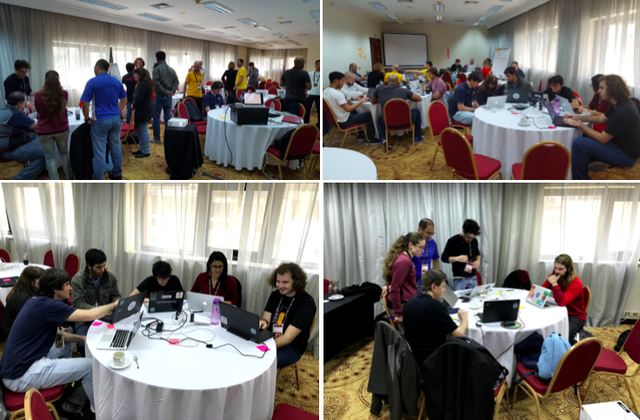
Figure 3: Work in progress
At the end of the event a jury selected the winning project, but in the spirit of these hackathons, we feel that we are all winners! Over all participants, Hernán Albano's name was drawn (La Maqueta de Internet) to participate to LACNIC 29, in Panama, where he will also have the opportunity to present the work done during the event.
The RIPE Atlas Challenge
RIPE Atlas doesn’t have the same coverage in the LACNIC region as it does in Europe or the United States, but the situation is improving slowly. With such active participation in the LACNIC conferences over the past two years and the help of our RIPE Atlas ambassadors in the region, we are getting more and more people involved. But we are not there just yet. With the little data available, we wanted anyway to achieve something that could prove that RIPE Atlas can be very useful there, too.

Figure 4: Brainstorming
From our initial idea, it became clear quite soon that we needed to narrow down the scope, which had initially been set too broadly for one day's work.
Another challenge that was encountered during development was the fact that there is no accurate information in the Peering Database and our tools are based on information that we retrieve from there, so some changes had to be applied to get useful results.
One of the attempts with future development was how to detect an IXPs from active measurements.
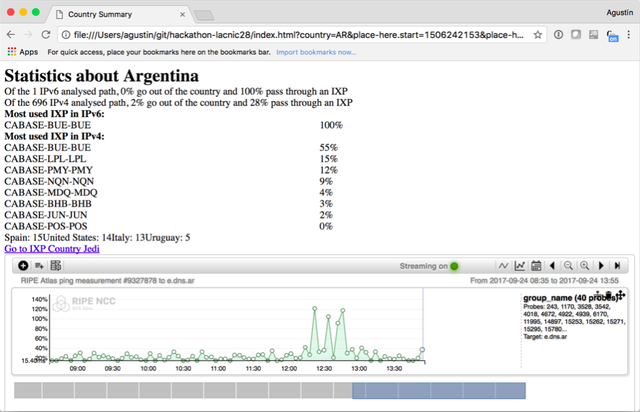
Figure 5: Dashboard showing statistics for Argentina
We couldn’t be there the second day, so we missed the presentations of the final results, but the RIPE Atlas challenge was equally well presented by Agustin Formoso and Guillermo Cicileo, who were the ones from LACNIC that worked on the challenge with us. You can find the final results and the slides on GitHub (in Spanish).
The Future
What is next: possible research on IXP detection from active measurements and completion of the project with the introduction of more data. This is a very useful and easy visualisation and can be improved further. All the code is in GitHub so if you are interested in using it to visualise your own country and to improve it you are welcome to do so.
Some Conclusions
What worked: 4 challenges, 4 team leaders decided upfront. Work divided in modules so it was clear which skills where needed per project. I think the work done upfront by the organisers and the team leaders of the challenges really helped in getting useful results at the end of such a short time frame. The flip side of this was the there was less freedom and little flexibility for introducing new projects at the last moment.
Something that struck me was that people openly discussed their work during the hackathon. In all hackathons I took part in so far, one thing that always surprised me is how people can work pretty much silently, using chat to communicate. It was very different this time and I can surely say that although it was the loudest hackathon so far it did not compromise the results.
Numbers
There were 4 teams, 23 participants of which 4 were women. This means there was more diversity than we achieve in our hackathons. And the same can be said for the number of non-technical people who took part: 8 out of these 23 declared not to be technical.
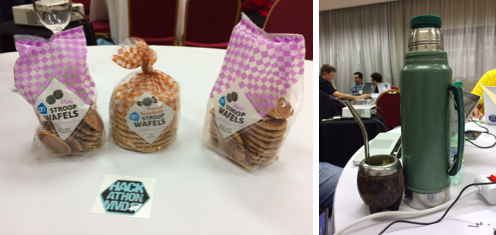
Figure 6: Essential hackathon snacks
We also enjoyed 5 bags of stroopwafels (courtesy of RIPE NCC), one kg of chocolate courtesy of ISOC (the sponsor of the event) and a few thermoses of mate.
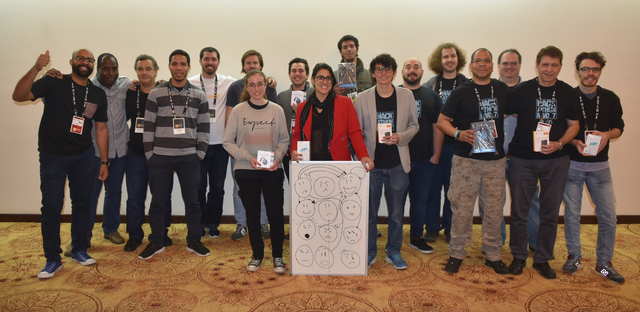
Figure 7: Happy hackathon participants after the event
We enjoyed this experience a lot and we wish the very best of luck to LACNIC for the hackathons to come!
A big thank you to all of the participants and their unbridled enthusiasm! This is, in my opinion, what makes a hackathon successful!


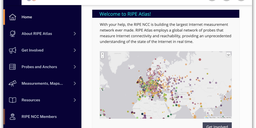

Comments 0
Comments are disabled on articles published more than a year ago. If you'd like to inform us of any issues, please reach out to us via the contact form here.